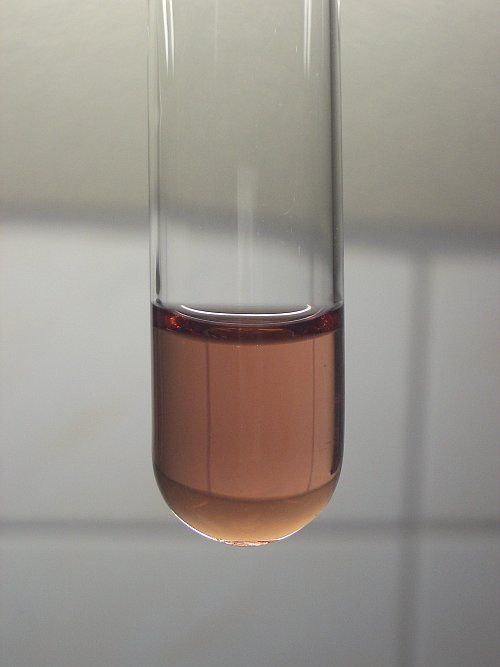• Mn3+ causes red and green colors in octahedral sites. Muscovite mica from Brazil containing is red as is Mn3+ in beryl from Utah, synthetic
orthopyroxene, and piemontite from Whitewater, California. Andalusite containing Mn3+ is green. In the amphibole, tremolite, from New York, it
produces a violet color.
• Mn2+ usually results in a pink color in octahedral sites. Rhodonite from Minas Gerais, Brazil, is a pyroxenoid containing Mn2+and has the typical
pink color of Mn2+ minerals. Rhodocrosite from Colorado has a high concentration of Mn2+ and a bright red color. At lower concentrations, Mn2+ causes
pale pink color. When the Mn2+ is in a tetrahedral site, then yellow-green color results such as is the case with willemite.
• Fe2+ in forsterite from San Carlos, Arizona, and in phosphophyllite from Bolivia is the ion responsible for the green color. In some minerals with
high concentrations of Fe2+, such as fayalite or orthopyroxene, the color is brown.
• Fe2+ in the square planar site of gillespite or eudialyte produces a rasberry red color.
• Fe2+ in the eight-coordinated site of pyrope garnet from Tanzania produces the near-red color.
• Fe3+ in octahedral sites causes only pale color when the Fe3+ ions are isolated from each other by intervening silicate ions, etc. Pale purple
color is found in phosphates such as strengite and sulfates such as coquimbite. Yellow-green can be found in ferric silicates such as andradite garnet
from Italy.
• Fe3+ is in the tetrahedral site of plagioclase feldspar from Lake County, Oregon, produces a pale yellow color. In an unusual variety of diopside
containing Fe3+ in a tetrahedral site, it produces bright orange color in thin section.
• Co2+ in synthetic olivine and cobaltian calcite from the Kakanda Mine, Zaire, causes a typical reddish color. In tetrahedral sites, Co2+ causes
blue color such is found in some spinels.
• Ni2+ in synthetic olivine has the green color typical of Ni2+ in an octahedral site. If all the nickel is forced in to the larger M2 site by
appropriate chemical substitution (in this case in a LiScSiO4 olivine), the color is yellow, typical of Ni2+ in large, distorted sites.
|

 and possibly with Mn2O3 and/or
MnO2. It's beige in colour.
and possibly with Mn2O3 and/or
MnO2. It's beige in colour.

 .
.
 .
.
 to one and the colour disappears altogether. Adding NaOH to the (hot) second one and whitish-pink Mn(OH)2
precipitated.
to one and the colour disappears altogether. Adding NaOH to the (hot) second one and whitish-pink Mn(OH)2
precipitated.
 ?
? 